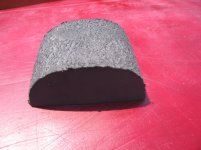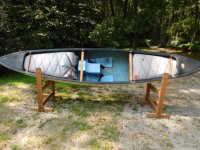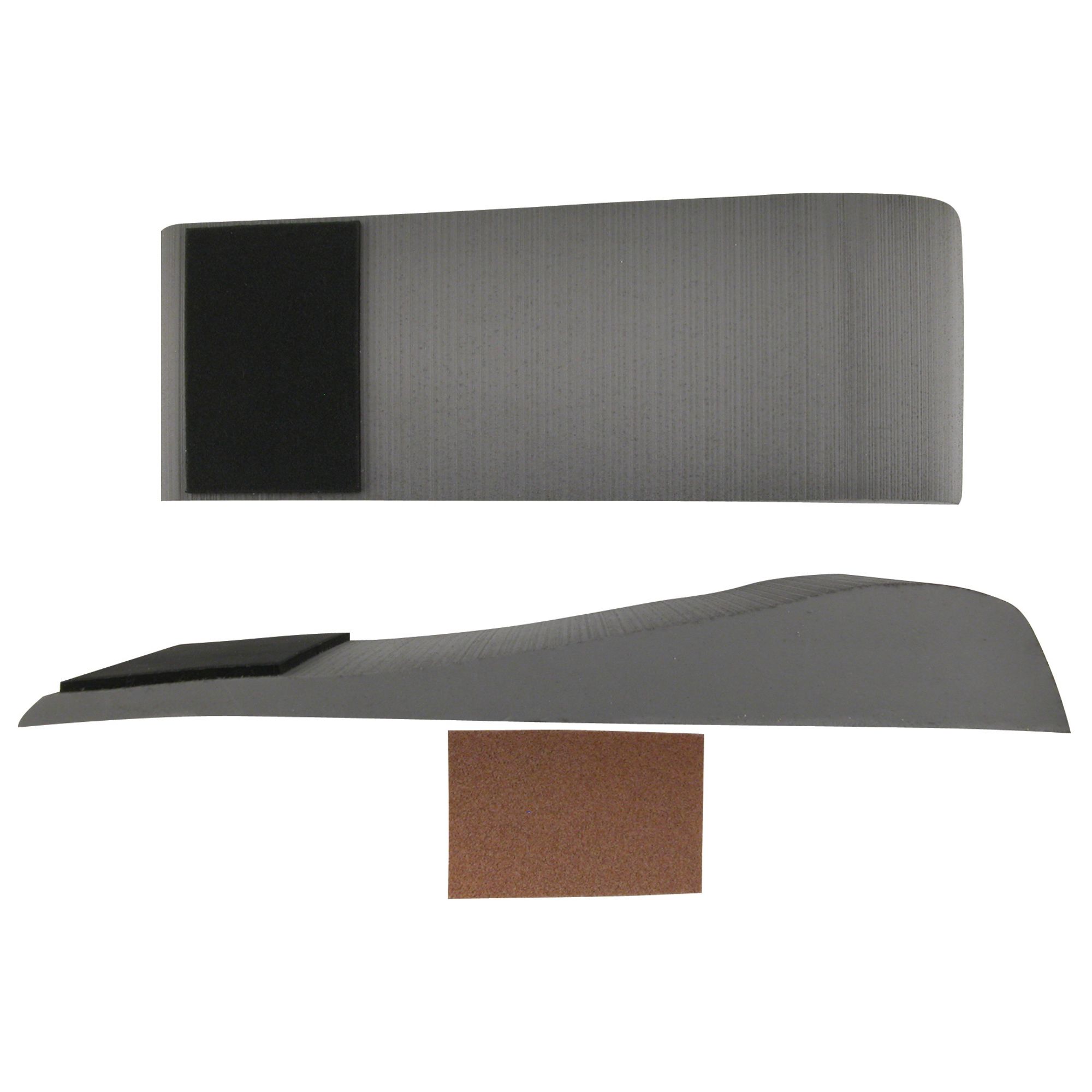- Joined
- Nov 13, 2024
- Messages
- 66
- Reaction score
- 135
I just watched this video (@ 1:40 minutes in) and I thought his solution for ankle pain was both funny and clever. What are other kneelers doing to alleviate ankle pain?


Eventually, stretching and kneeling more and more delayed the discomfort.
I had to do similar acclimation activities when I paddled my Encore with foam saddle. I sat on a basketball while watching TV. Best of all, if you have indoor space big enough for your canoe, was bringing the canoe in. I'd place a board across the gunwales, put my laptop on the board and sit on the saddle in paddling position while I typed emails and browsed CT.net. If I didn't do something along those lines, the first few outings of the year got very uncomfortable, very quickly.sitting on the floor with your butt on your calves and the top of your feet flexed flat on the floor. While you watch TV, for example.

